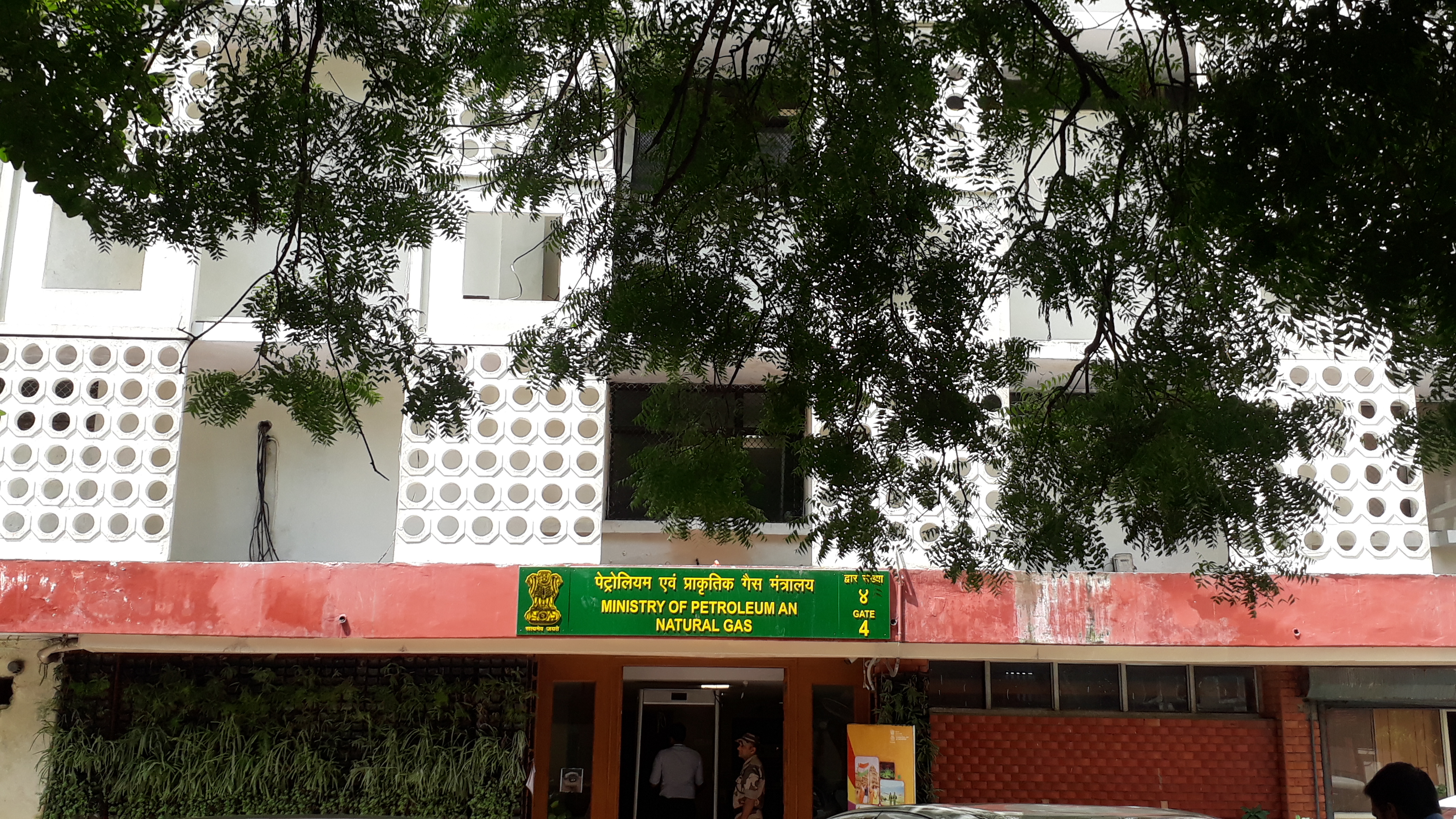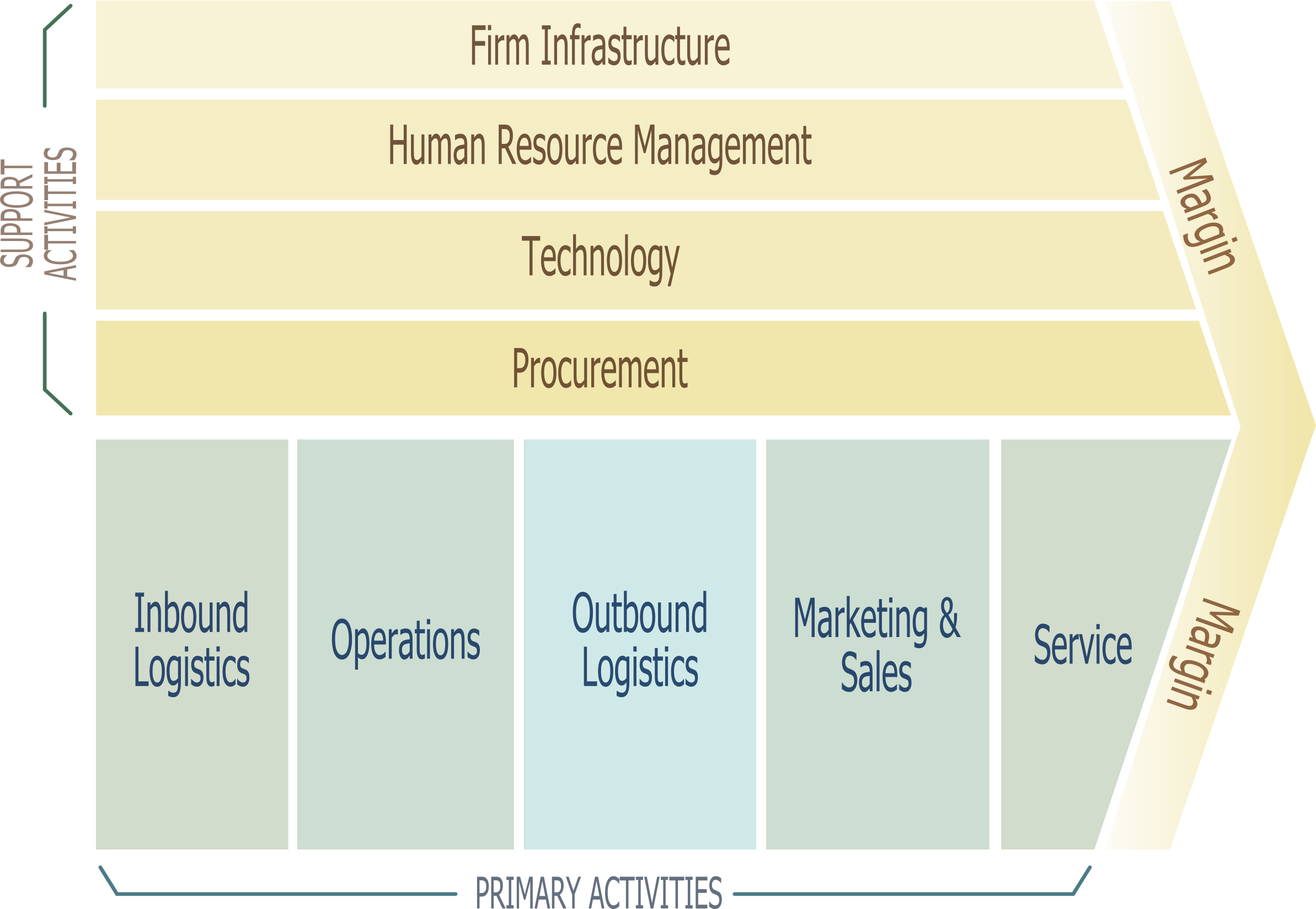|
IOCL
Indian Oil Corporation Limited (IOCL or IOC), trading as IndianOil, is an Indian multinational oil and gas company under the ownership of the Government of India and administrative control of the Ministry of Petroleum and Natural Gas. It is a public sector undertaking which is registered in Mumbai but headquartered in New Delhi. It is the largest government-owned oil producer in the country both in terms of capacity and revenue. It has consolidated refining capacity of 80.55MMTPA. Indian Oil's business interests overlap the entire hydrocarbon value chain, including refining, pipeline, marketing of petroleum products, exploration and production of Petroleum, natural gas and petrochemicals. Indian Oil has ventured into renewable energy and globalisation of downstream operations. It has subsidiaries in Sri Lanka (Lanka IOC), Mauritius (IndianOil (Mauritius) Ltd), and the Middle East (IOC Middle East FZE). Indian Oil is ranked 94th on the Fortune Global 500 list of the world's b ... [...More Info...] [...Related Items...] OR: [Wikipedia] [Google] [Baidu] [Amazon] |
Public Sector Undertakings In India
Public Sector Undertakings (PSU) in India are government-owned entities in which at least 51% of stake is under the ownership of the Government of India or state governments. These types of firms can also be a joint venture of multiple PSUs. These entities perform commercial functions on behalf of the government. Depending on the level of government ownership, PSUs are officially classified into two categories: Central Public Sector Undertakings (CPSUs), owned by the central government or other CPSUs; and State Public Sector Undertakings (SPSUs), owned by state governments. CPSU and SPSU is further classified into Strategic Sector and Non-Strategic Sector. Depending on their financial performance and progress, CPSUs are granted the status of Maharatna, Navaratna, and Miniratna (Category I and II). Following India's independence in 1947, the limited pre-existing industries were insufficient for sustainable economic growth. The Industrial Policy Resolution of 1956, adopt ... [...More Info...] [...Related Items...] OR: [Wikipedia] [Google] [Baidu] [Amazon] |
Ministry Of Petroleum And Natural Gas
The Ministry of Petroleum and Natural Gas (MOP&NG) is a List of Indian agencies, ministry of the Government of India responsible for the exploration, production, refining, distribution, marketing, import, export, and conservation of petroleum, natural gas, petroleum products, and liquefied natural gas in the country. The ministry is headed by Union Council of Ministers, Cabinet minister Hardeep Singh Puri, while its secretary is Pankaj Jain, a 1990-batch IAS officer of the Assam-Meghalaya cadre. Dharmendra Pradhan, who served from 26 May 2014 to 7 July 2021, is its longest serving minister till date. Areas of work * Exploration and exploitation of petroleum resources, including natural gas. * Production, supply distribution, marketing and pricing of petroleum including natural gas and petroleum products. * Oil refineries, including Lube plants. * Additives for petroleum and petroleum products. * Lube blending and greases. * Planning, development and control of, and assistan ... [...More Info...] [...Related Items...] OR: [Wikipedia] [Google] [Baidu] [Amazon] |
Oil And Gas Industry In India
The petroleum industry in India dates back to 1889 when the first oil deposits in the country were discovered near the town of Digboi in the state of Assam. The natural gas industry in India began in the 1960s with the discovery of gas fields in Assam and Maharashtra ( Mumbai High Field). As on 31 March 2018, India had estimated crude oil reserves of 594.49 million metric tonnes (Mt) and natural gas reserves of 1339.57 billion cubic metres of natural gas (BCM). India imports 82% of its oil needs and aims to bring that down to 67% by 2022 by replacing it with local hydrocarbon exploration, renewable energy and indigenous ethanol fuel.India launches first auction of exploration blocks under new licensing policy , [...More Info...] [...Related Items...] OR: [Wikipedia] [Google] [Baidu] [Amazon] |
Chennai Petroleum Corporation Limited
Chennai Petroleum Corporation Limited (CPCL), formerly known as Madras Refineries Limited (MRL), is a subsidiary of Indian Oil Corporation Limited which is under the ownership of Ministry of Petroleum and Natural Gas of the Government of India. It is headquartered in Chennai, India. It was formed as a joint venture in 1965 between the Government of India (GOI), Amoco and National Iranian Oil Company (NIOC), having a shareholding in the ratio 74%: 13%: 13% respectively. From the grassroots stage CPCL Refinery was set up with an installed capacity of 2.5 million tonnes per year in a record time of 27 months at a cost of without any time or cost overrun. History In 1985, Amoco disinvested in favour of GOI and the shareholding percentage of GOI and NIOC stood revised at 62% and 15.38% respectively. Later GOI disinvested 16.92% of the paid up capital in favor of Unit Trust of India, mutual funds, insurance companies and banks on 19 May 1992, thereby reducing its holding to 67.7%. Th ... [...More Info...] [...Related Items...] OR: [Wikipedia] [Google] [Baidu] [Amazon] |
Indane (LPG)
Indane is a subsidiary of Indian Oil Corporation which is under the ownership of Ministry of Petroleum and Natural Gas of the government of India. It is the world's second largest government-owned subsidiary responsible for manufacturing LPG. The brand was conceived in 1964 to bring modern cooking to Indian kitchens. The first Indane LPG connection was released on 22 October 1965 at Kolkata. Indane serves more than 130 million families through a network of 12,500 distributors. 27% of its customers reside in semi-urban or rural markets and every second LPG cooking gas connection in India is that of Indane. The sales network is backed by 47 Indane area offices. The brand has been awarded the title of "Superbrand" by Superbrand India. History The marketing operations for LPG commenced in India in 1955 at Mumbai, under the Burmah Shell Oil Company. It was not until Indian Oil took charge that it actually became a flourishing and recognizable industry. Brand Indane was conceive ... [...More Info...] [...Related Items...] OR: [Wikipedia] [Google] [Baidu] [Amazon] |
Petronet LNG
Petronet LNG Limited is an Indian oil and gas company formed by the Government of India to import liquefied natural gas (LNG) and set up LNG terminals in the country. It is a joint venture company promoted by the Gas Authority of India Limited (GAIL), Oil and Natural Gas Corporation Limited (ONGC), Indian Oil Corporation Limited (IOC) and Bharat Petroleum Corporation Limited (BPCL). Petronet LNG Limited, one of the companies in the Indian energy sector, has set up the country's first LNG receiving and regasification terminal in Dahej, Gujarat, and another terminal in Kochi, Kerala. While the Dahej terminal has a nominal capacity of 17.5 million tonnes per year (equivalent to 70 million cubic metre per day of natural gas at standard conditions), the Kochi terminal has a capacity of 5 million tonnes per year (equivalent to 20 million cubic metre per day of natural gas). Plans to build a third LNG terminal in Gangavaram, Andhra Pradesh were dropped in October 2019. The comp ... [...More Info...] [...Related Items...] OR: [Wikipedia] [Google] [Baidu] [Amazon] |
Lanka IOC
Lanka IOC PLC is a subsidiary of Indian Oil Corporation which operates retail petrol and diesel stations in Sri Lanka. LIOC is Sri Lanka's only private sector organisation retailing fuels with an island-wide distribution network of 213 retail outlasts. Its headquarters in the Colombo City, Colombo. History The company was incorporated in 2003 as LIOC. Indian parent company Indian Oil Company owned the majority of LIOC's stock, and N.K Nayyar served as its first chairman. Before 2002, petroleum fuel retailing in the country was at the rudimentary level, limited to mere sales of auto fuel only. After the 2002 Sri Lankan Government's decision to liberalise the petroleum sector where the CPC will compete with the private sector. Indian Oil Corporation, will invest Rs. 10 billion (US$62 million for the first phase, US$38 million would be invested in the second phase) in Sri Lanka and will operate 100 fuel stations which it has purchased from the Ceylon Petroleum Corporation In 200 ... [...More Info...] [...Related Items...] OR: [Wikipedia] [Google] [Baidu] [Amazon] |
Refining
Refining is the process of purification of a (1) substance or a (2) form. The term is usually used of a natural resource that is almost in a usable form, but which is more useful in its pure form. For instance, most types of natural petroleum will burn straight from the ground, but it will burn poorly and quickly clog an engine with residues and by-products. The term is broad, and may include more drastic transformations, such as the reduction of ore to metal (for which see Refining (metallurgy)). The refining of liquids is often accomplished by distillation or fractionation; this process is useful, for example, for isolating different fractions of petroleum. Gases can be refined in this way as well, by being cooled and/or compressed until they liquefy. Gases and liquids can also be refined by extraction with a selective solvent that dissolves away either the substance of interest, or the unwanted impurities. Many solids can be refined by growing crystals in a solution o ... [...More Info...] [...Related Items...] OR: [Wikipedia] [Google] [Baidu] [Amazon] |
Value Chain
A value chain is a progression of activities that a business or firm performs in order to deliver goods and services of Value (economics), value to an end customer. The concept comes from the field of business management and was first described by Michael Porter in his 1985 best-seller, ''Competitive Advantage: Creating and Sustaining Superior Performance''. According to the OECD Secretary-General , the emergence of global value chains (GVCs) in the late 1990s provided a catalyst for accelerated change in the landscape of international investment and trade, with major, far-reaching consequences on governments as well as enterprises . Role of the business unit According to Porter, the appropriate level for constructing a value chain is the business unit within a business,Michael E. Porter (1985) Competitive advantage: creating and sustaining superior performance. The Free Press not a division (business), business division or the company as a whole. Porter is concerned that analy ... [...More Info...] [...Related Items...] OR: [Wikipedia] [Google] [Baidu] [Amazon] |
Hydrocarbon
In organic chemistry, a hydrocarbon is an organic compound consisting entirely of hydrogen and carbon. Hydrocarbons are examples of group 14 hydrides. Hydrocarbons are generally colourless and Hydrophobe, hydrophobic; their odor is usually faint, and may be similar to that of gasoline or Naphtha, lighter fluid. They occur in a diverse range of molecular structures and phases: they can be gases (such as methane and propane), liquids (such as hexane and benzene), low melting solids (such as paraffin wax and naphthalene) or polymers (such as polyethylene and polystyrene). In the fossil fuel industries, ''hydrocarbon'' refers to naturally occurring petroleum, natural gas and coal, or their hydrocarbon derivatives and purified forms. Combustion of hydrocarbons is the main source of the world's energy. Petroleum is the dominant raw-material source for organic commodity chemicals such as solvents and polymers. Most anthropogenic (human-generated) emissions of greenhouse gases are eithe ... [...More Info...] [...Related Items...] OR: [Wikipedia] [Google] [Baidu] [Amazon] |





